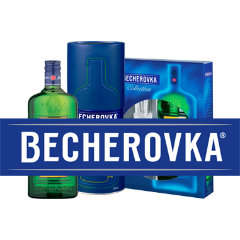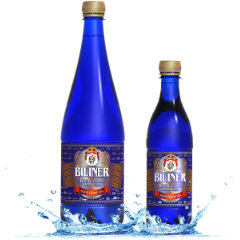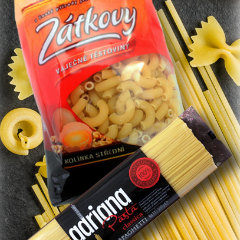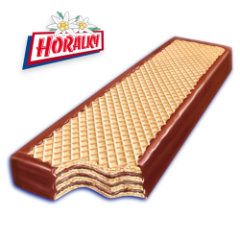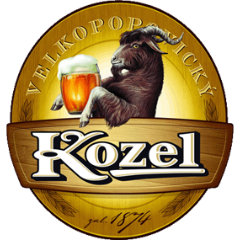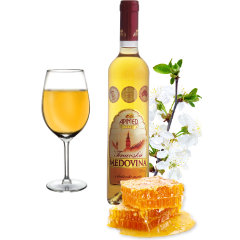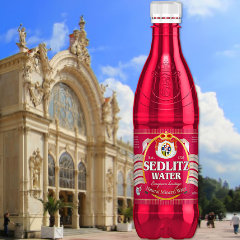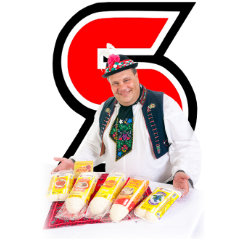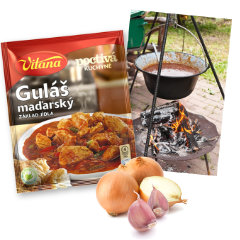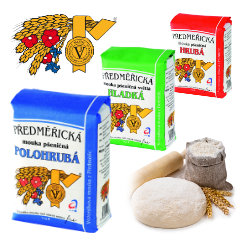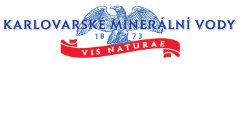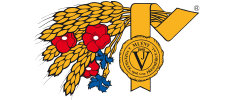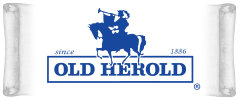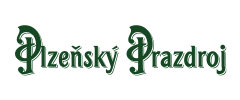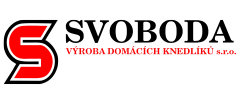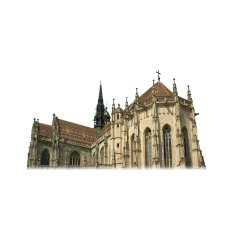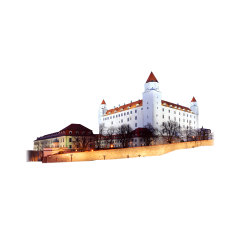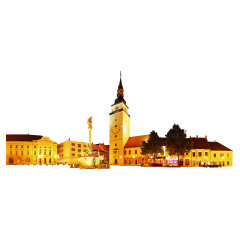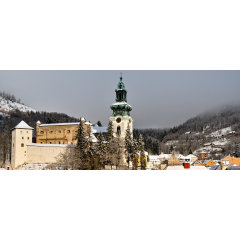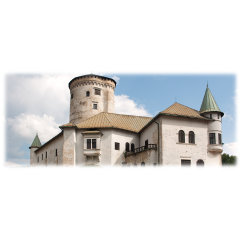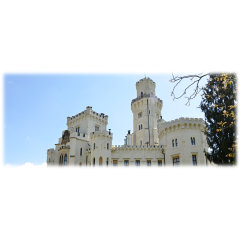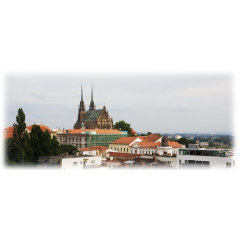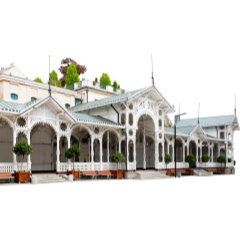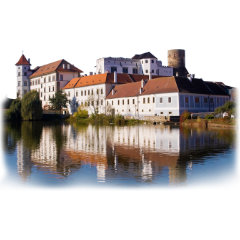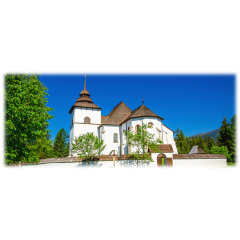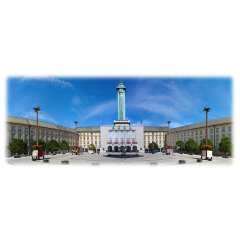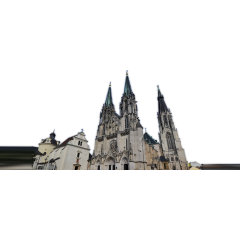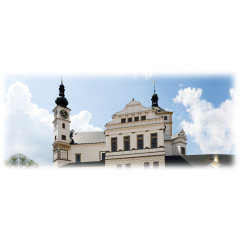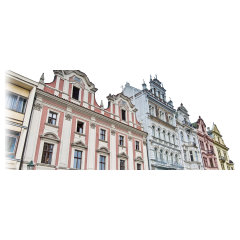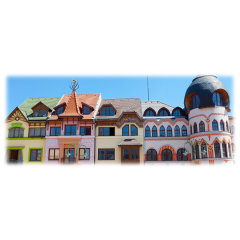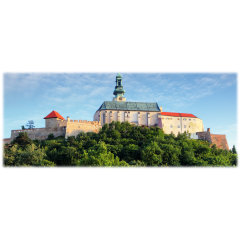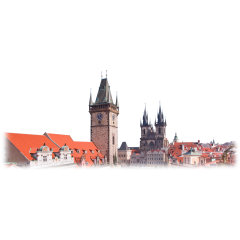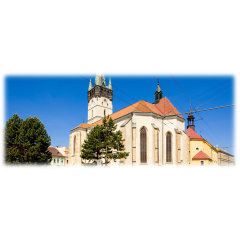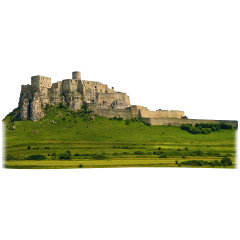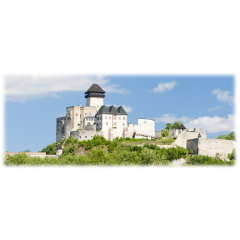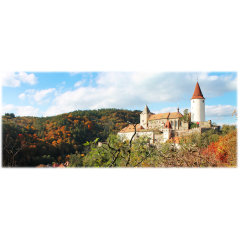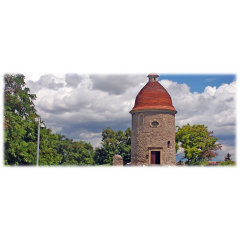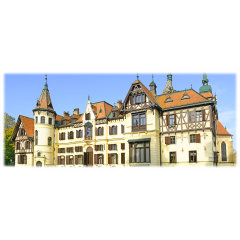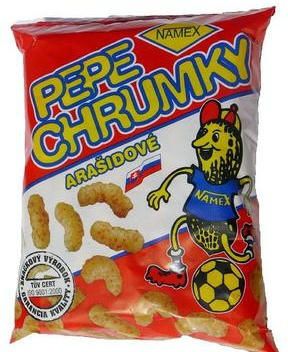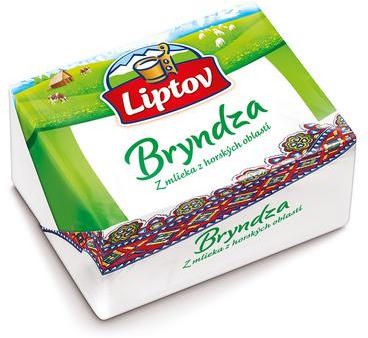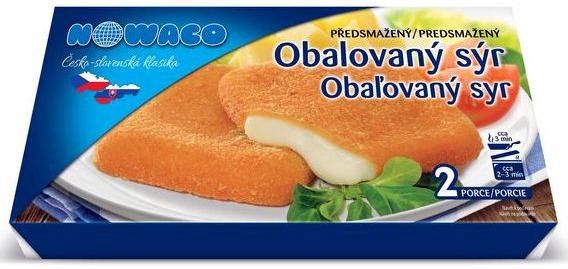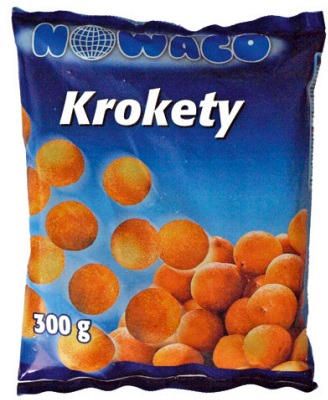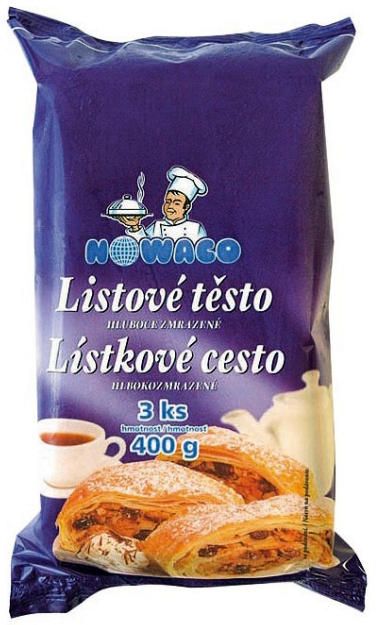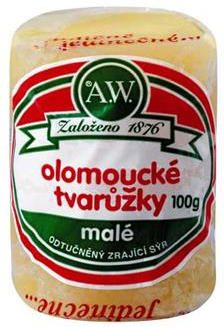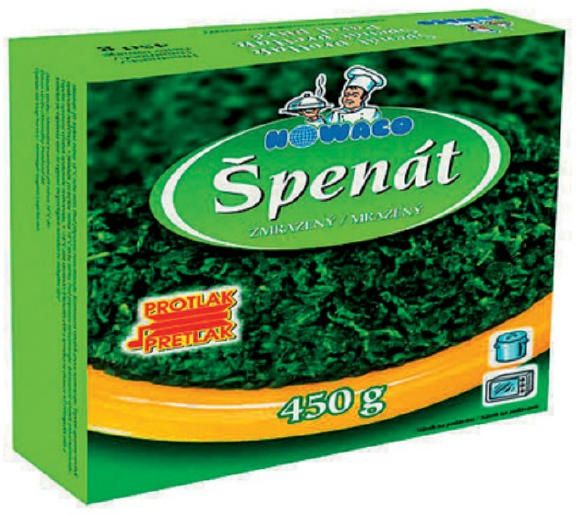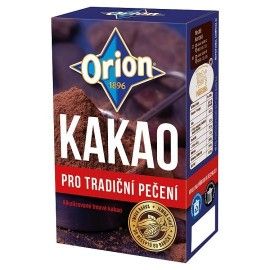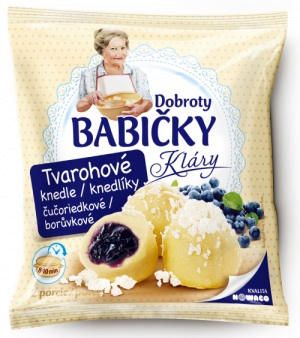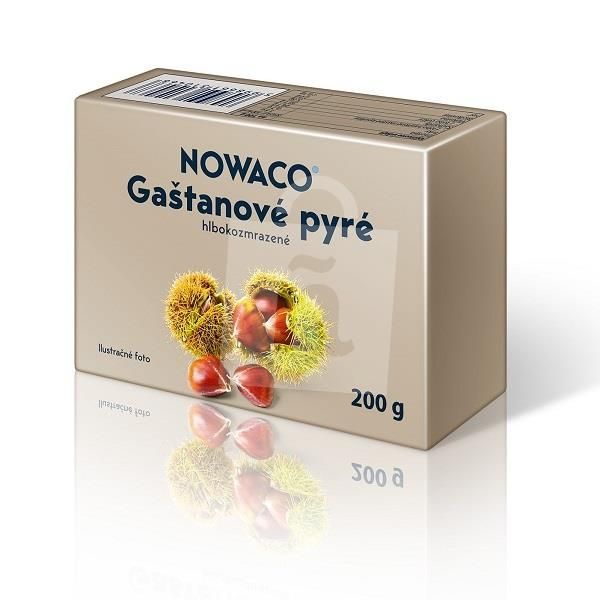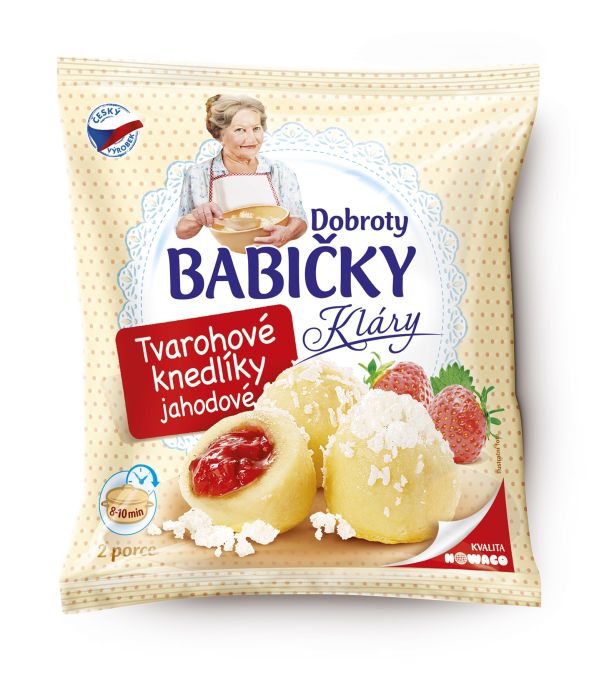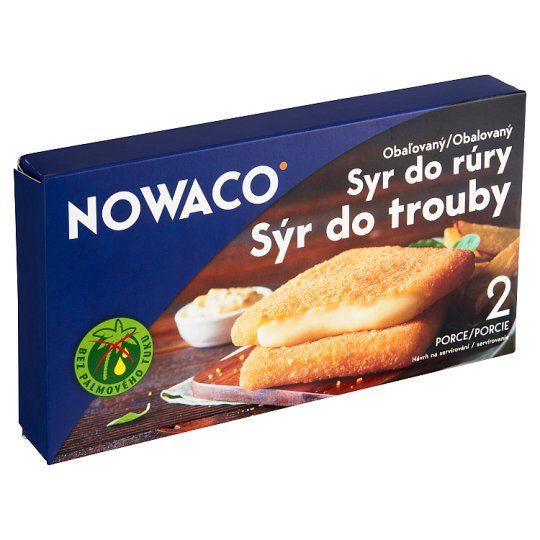Stredocesky Region
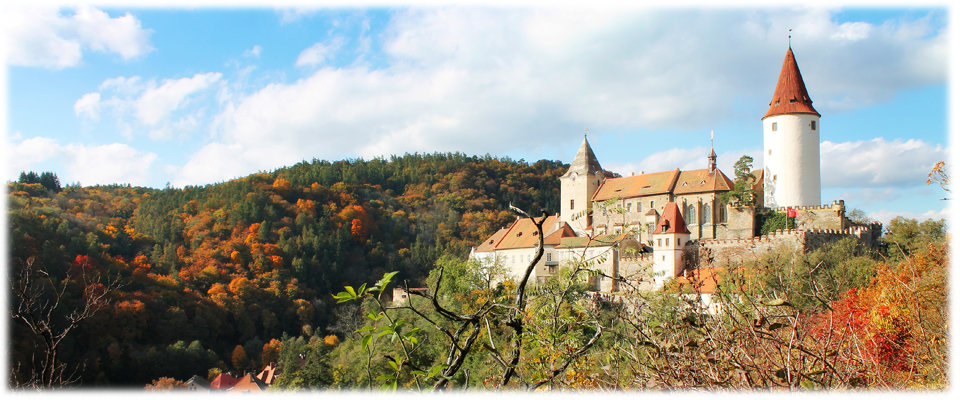
About Region
The Central Bohemian Region is the largest region in the Czech Republic. It occupies 11,014 km² which is almost 14% of the total area of the country.
The region is divided into 12 districts: Benešov District, Beroun District, Kladno District, Kolín District, Kutná Hora District, Mělník District, Mladá Boleslav District, Nymburk District, Prague-East District , Prague-West District , Příbram District and Rakovník District.
The most important branches of industry in the region are mechanical engineering, chemical industry and food industry. Other significant industries are glass production, ceramics and printing. On the other hand, some traditional industries such as steel industry, leather manufacturing and coal mining have been declining in the recent period. Agriculture benefits from excellent natural conditions in the northeastern part of the county, the county is great at crop production, growing wheat, barley, sugar beet, in the suburban areas of fruit, vegetables and flowers. A car manufacturer ŠKODA AUTO a.s. Mladá Boleslav became a company of nationwide importance. Another car manufacturer which is active in the region is TPCA Czech, s.r.o. in Kolín. The region has an advantageous position thanks to its proximity to the capital. A significant proportion of region’s population commutes daily to Prague for work or to schools. Compared to other regions, the Central Bohemian region has the densest (and the most overloaded) transport network. The roads and railways connecting the capital with other regions all cross the Central Bohemian region.
History
The territory of today's Central Region, which can not be removed from a historical perspective of Prague, represents not only the geographical and semantic center of the Czech Republic, which took place, and place the most important events in our history. Numerous river systems of the Vltava, Labe, Berounka, Sázava and Cidlina and favorable microclimate, have been luring populations since prehistoric times. Significant archaeological sites in the region uncovered since the second half of the 19th century to the present are found throughout the region. Many of them are unique and have a national, European or even global importance. The earliest traces of human settlement in the Central Region were found near Beroun and date back 1.5 million years. From the territory of the Czech Karst carvings and horses, the only manifestations of Upper Paleolithic art in Bohemia.
City to know about
Melnik lies at the confluence of the Labe and Vltava rivers, approximately 35 km north of Prague. The castle, built in the Renaissance Style, is one of the most important sights of this town. Below the castle there are large wine cellars. Confiscated by the communists, it has been restored to its traditional owners, the princes of Lobkowicz.
Mlada Boleslav is on the left bank of the Jizera river about 50 kilometres (31 miles) northeast of Prague. Founded in the second half of the 10th century by King Boleslav II as a royal castle. Because there already was a castle known as Boleslav near Prague, this new castle was named Mladá (young) to distinguish it from the older Boleslav, which became known in the 15th century as Stará Boleslav (Old Boleslav).
Rakovnik is a town in the western part of the Central Bohemian Region located between the cities of Prague and Plzeň. It is located in varying landscape and the huge forest of Křivoklát. The main feature of Rakovník’s urban monument zone, located in the centre of the town, is the 400 metre-long Husovo Square, where you will find a 16th-century town hall with a late Baroque façade. Inside, you will discover a ceiling fresco depicting the town of Rakovník as it looked 250 years ago. The eastern part of the square is dominated by the high Gothic Decanal Church of St Bartholomew, a 14th-century structure with a splendidly decorated interior. The church was built on the site of an older church dedicated to St Nicholas. Adjacent to the church stands a bell tower dating from 1495. With a diameter of 1.6 metres its main bell is one of the largest in the Czech Lands.
Lány is a village in the Czech Republic, 35 km (22 ml) west of Prague, in Central Bohemian Region, outside the main road towards Karlovy Vary. It has 1610 inhabitants. Its major landmark is a castle, serving as a summer residence of Czechoslovak and later Czech Presidents. There is also a sports car museum and Museum of T. G. Masaryk, the first President of Czechoslovakia. Both President Masaryk and his wife are buried in the local cemetery.
Nature
The landscape of Central Bohemia is typical of its great variety. An extraordinarily diverse mosaic of various natural locations is concentrated on a relatively small territory. In one place there may be an agile thermophile green lizard and also the yellow mountain saxifrage – a protected plant which is a relic of colder times. The smallest nature reserve in the Czech Republic, Blaník (less than 41 square kilometres/16 square miles) is a balanced mosaic of woods, fields, smaller ponds and rural buildings, representing a typical Czech landscape with many historical points of interest. A system of abandoned limestone pit quarries (Great and Little America) connected via a sophisticated network of adits, the whole area resembles the Wild West.
Several quarries are flooded and their clean water is home even to the rare crayfish. Abandoned adits became an important winter roost for bats. Today, it is forbidden to enter the quarries for safety reasons. Containing many natural caves, this attractive site is located in the Český Kras Nature Reserve near Karlštejn Castle. Český Kras (Bohemian Karst) is a diversiform, sometimes almost wild landscape with steep karst canyons and gorges situated in the lower reaches of the River Berounka, the region’s backbone. Besides many karst formations there are many larger or smaller caverns and cave complexes, for instance the famous Koněpruské Jeskyně, which are open to the public and boast many beautiful and spectacular cave formations. Kokořínsko is famous not only for its romantic gorges, but mainly for its unique sandstone towers, arches, windows and other formations, which do not exist in such a number and range in any other region of the Czech Republic. This singular region of sandstone and caves is also known for its large marshes of international importance and dense woods, some of their less accessible sections nearly untouched by human hand.


